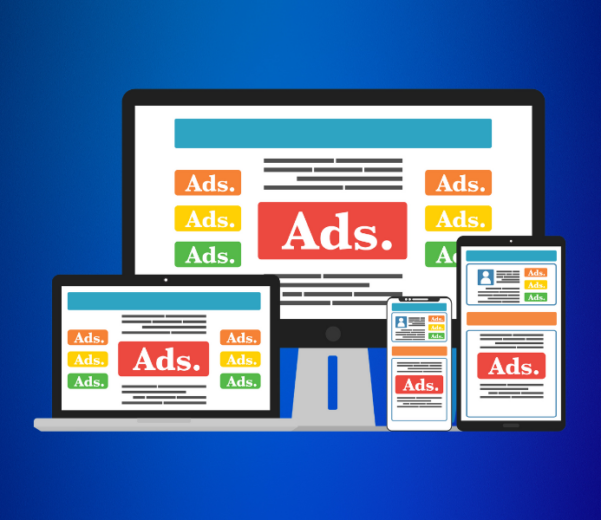Virtual Pitching: Steps to success in a world working from home
Download full report
Over the years, agencies have perfected the art of the immersive pitch, crafting their storytelling capabilities to engage and excite advertisers. Moving that online isn’t straightforward, as people need physical cues to help determine chemistry. As a result, we’ve had to evolve our own processes to help clients build relationships with their agency partners.
Although pitching stopped around the world when lockdowns were introduced, brands and agencies have in recent months started to run pitches once more, with agency and technology partners able to respond to briefs and present their credentials and capabilities
online.
HIGHLIGHTS
- The pitch and agency selection market in 2020
- Learnings from the advertiser community and across the media and marketing industry
- Impact of Covid-19 pandemic on pitches
Objectives
This guide provides advertisers – and their agency partners – with guidelines on how to make the most of this new world. The guide is discipline agnostic and can be applied to any form of agency pitch.
There are clear advantages and disadvantages to virtual pitching, and we have created this short and practical guide to the topic to share best practice and our experience of this revised way of working.
This guide was developed by a collaborative team of Ebiquity’s global agency selection experts based in France, the USA, Singapore, and the U.K. We have used our own experience of virtual pitching over the last few months and have also sought out external perspectives to encapsulate learnings from the advertiser community and across the media and marketing industry.
- Lessons learned by Ebiquity’s Media team
- Learnings from the advertiser community and across the media and marketing industry
- Key aspects of virtual pitching that work well remotely
Findings
During the course of the COVID-19 pandemic, brands and agency partners have developed new, remote ways of working.
Similarly, pitching has also moved online, with both advertisers and agencies having to adjust established processes, often with the help of independent consultants who have pivoted and redesigned the process for the virtual world.
Initially, brands reacted to the pandemic by pausing pitch processes already under way or postponing pitches they were planning. As a result, fewer pitches were run in H1 2020 compared with the same period in 2019 – worth half as much in terms of billings – but activity is picking up again in H2.
- Fewer pitches were run in H1 2020 compared to the same period in 2019
- Lasting lessons from this recent experience that all players intend to take forward
Download now
Read our latest news
Your one-stop source for Market insights and news.
















































